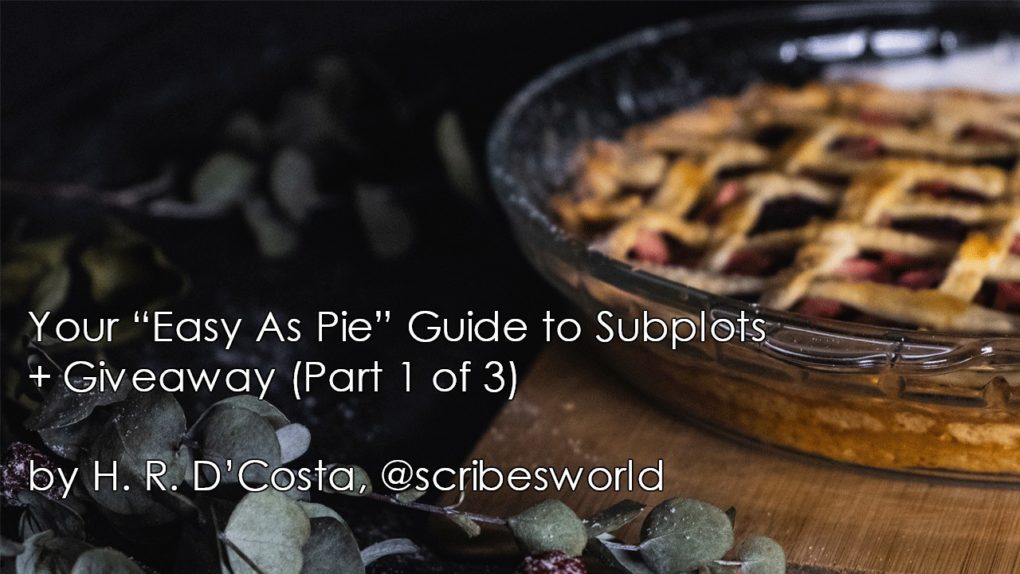by Elizabeth S. Craig, @elizabethscraig
Twitterific writing links are fed into the Writer’s Knowledge Base search engine (developed by writer and software engineer Mike Fleming) which has over 48,000 free articles on writing related topics. It’s the search engine for writers.
Have you visited the WKB lately? Check out the new redesign where you can browse by category, and sign up for free writing articles, on topics you choose, delivered to your email inbox! Sign up for the Hiveword newsletter here.
- Every Commercial Writer is His or Her Own Small Business: by John Gilstrap @killzoneauthors
- Industry Notes: Europa Editions’ New Imprint; Chicago Press’ Buys Council Oak: @Porter_Anderson
- Freedom And Long Term Business Thinking: @yarostarak @thecreativepenn
- China’s OpenBook ‘Reading X’ Conference: Reader Engagement and Content Development: @Porter_Anderson @pubperspectives
- London Book Fair Names Its 2019 ‘Author of the Day’ Lineup @Porter_Anderson @holly_bourneYA @pubperspectives
- Joyce Carol Oates Is Named the 2019 Jerusalem Prize Winner: @Porter_Anderson @JoyceCarolOates
- A Prescription for Writers: 3 Steps to Achieving Your Writing Goals: by Beth Ricanati @WritersDigest
- Why We (Still) Love Crime and Comic Book Heroes: @megfuzzle @CrimeReads
- Read Like a Writer: Second Person Narrative Voice in Claudia Rankine’s “Citizen: An American Lyric”: @charlottedonlon @tspoetry
- Four Places to Start with the Work of Ray Bradbury: @Ian_SMC @tordotcom
- Tired of Series? Try These 10 Standalone Fantasy Novels: @coolcurrybooks @tordotcom
- When Technology Betrays Us: 5 Classic Thrillers: @ezekiel_boone @CrimeReads
- 14 Literary Podcasts That Aren’t Hosted by Three White Guys: by Frances Yackel @ElectricLit
- The Crime Fiction of Galway: by Paul French @CrimeReads
- Beyond Crazy Rich Asians: A Look at Humorous Fiction: by Terri Frank @DIYMFA




